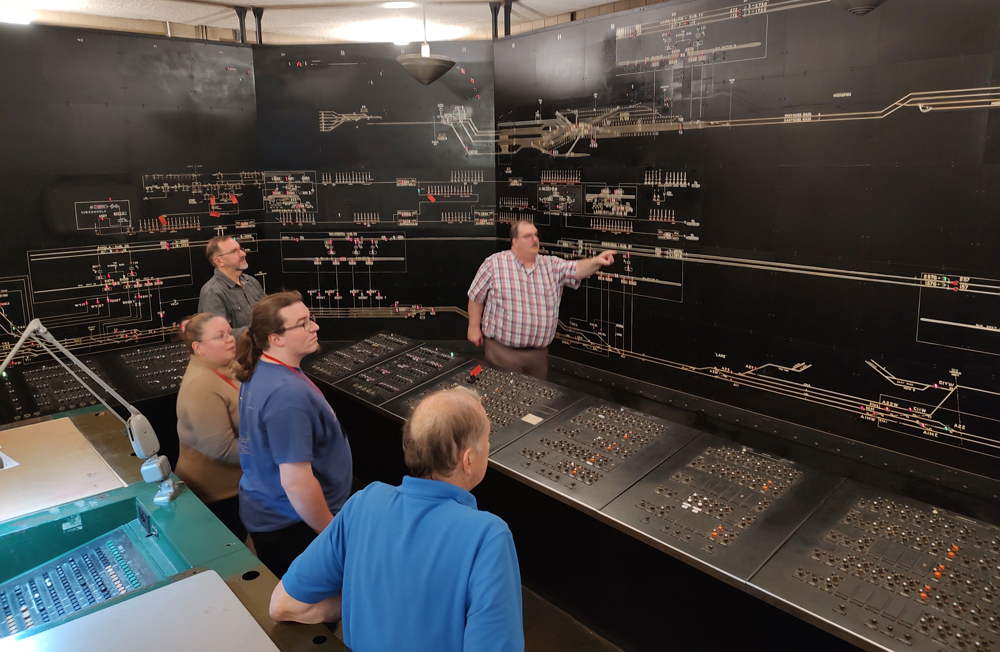
HARRISBURG, Pa. — After a long lease negotiation and a year of restoration and cleanup, the Harrisburg Chapter of the National Railway Historical Society has opened the former Pennsylvania Railroad 1937 Power Director’s Office for public visits by arrangement.
Situated on the second floor of the 1887 PRR passenger station, the 60-by-60-foot room governed the flow of 11,000-volt A.C. current across the western end of the railroad’s Northeastern electrification network. That electricity powered the railroad’s iconic GG1, P5A, and E44 locomotives, as well as multiple-unit commuter cars.
A schematic panel, resembling an Olympic-sized interlocking-tower model board, stretches across three walls, showing 19 substations, high-voltage distribution lines, and the location and energized status of all wired tracks.
This was the last-built of four PDOs, joining centers in New York, Philadelphia, and Baltimore. Together, they supervised power distribution to overhead catenary along 674 route-miles and 2,191 track-miles.
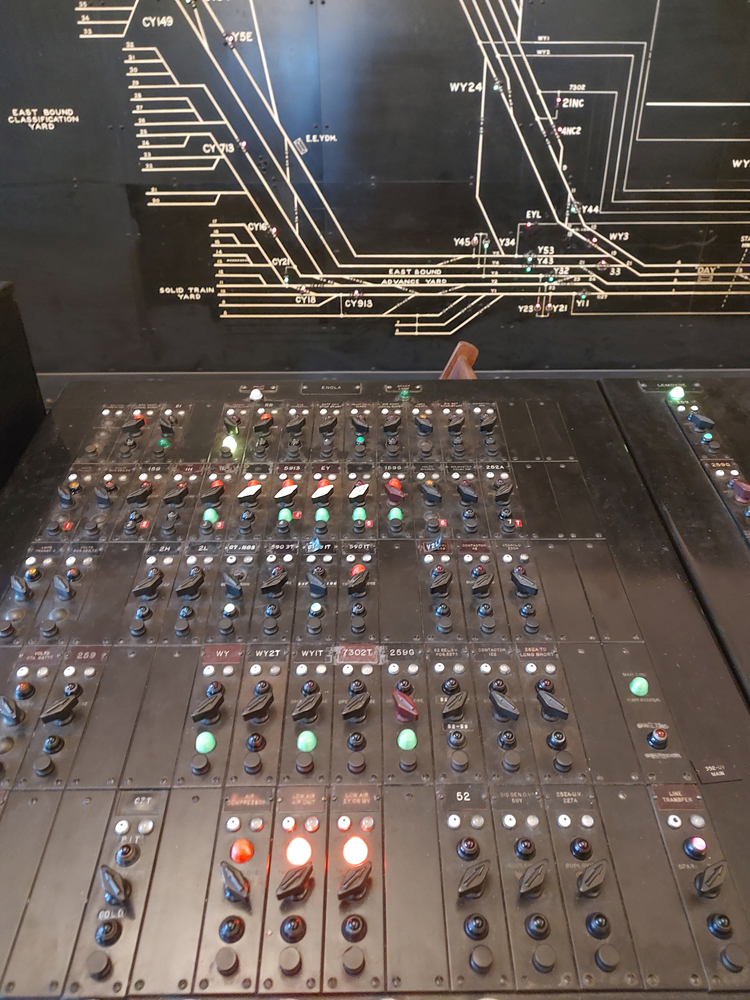
“This is the only intact remaining PRR power director’s office,” said project engineer Jim Nowotarski, a retired electrical engineer who grew up watching GG1s speed along the Northeast Corridor main line in Maryland. “It’s an example of mid-20th-century industrial control as applied to a railroad, and it is a unique piece of American and industrial and technical history. So much of that has been lost, including the other three [PRR locations].
“It was the biggest and most important, most extensive, and most dense operation in America. This was the only electrification that I know of that was designed from the outset to run heavy freight trains and high-speed passenger service, not [just] niche commuters.”
After tackling limited early projects, including the 1910 New York Penn Station 600-volt D.C. third-rail electrification, PRR started its sprawling mainline electrification program in 1915 with MU commuter cars on the 20-mile Philadelphia-Paoli, Pa., route. Eliminating steam locomotives, making operations faster and more efficient, and reducing dependence on coal, the system grew to enable the running of intercity freight and high-speed passenger trains.
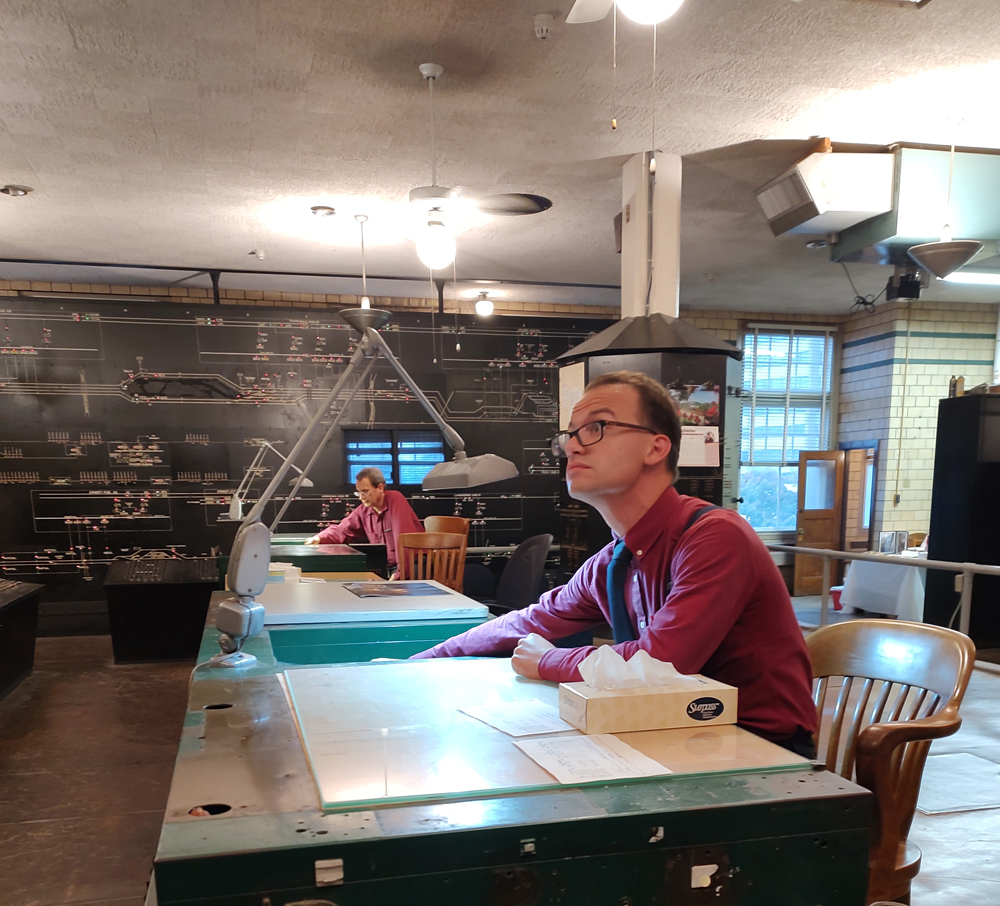
PRR electrified from New York to Philadelphia in 1933, Philadelphia to Washington in 1935, and Philadelphia to Harrisburg, along with several freight-bypass main lines, in 1938. The company repeatedly studied extending the wires to Pittsburgh, but the idea died under the dual impact of postwar inflation and the emerging use of diesel road locomotives. Diesels offered the benefits of electrification without the costly capital investment needed to build power plants, transmission lines, and catenary.
In 1936, the PRR’s electrification consumed 563 million kilowatts of power, much of it generated at the Safe Harbor hydroelectric dam on the Susquehanna River 40 miles south of Harrisburg. PRR bought its power from Safe Harbor, Baltimore Gas & Electric, and Philadelphia Electric, with a load-dispatcher employee carefully monitoring the variable price of each supplier by time of day, and switching nimbly among sources to keep the overall cost low.
In full operation, the Harrisburg PDO was staffed around the clock by two full-time power directors. They oversaw 250 mainline route-miles (all two, three, or four tracks), plus many more yard tracks:
— The PRR passenger main line from west of Paoli, near Philadelphia, to Lancaster, Pa., and Harrisburg.
— The electrified sections of Harrisburg Yard and nearby Enola Yard, the Pennsy’s major East Coast classification yard.
— The Trenton Cutoff and Atglen & Susquehanna freight main lines from Morrisville, Pa., near Trenton, N.J., to Enola Yard.
— The northern portion of the freight-only “Port Road,” or former Columbia & Port Deposit Branch, the line leading south along the Susquehanna River to what is now Amtrak’s Northeast Corridor at Perryville, Md.
— The 10-mile Columbia Branch, connecting the Port Road and A&S at Columbia, Pa., with the passenger main line at Lancaster.
Two events more than 30 years apart made the PDO available. In 1982, Conrail ended electrified freight operations and scrapped its remaining E44, E33, and GG1 locomotives, rerouting all of its east-west traffic behind diesels to parallel former Reading, Lehigh Valley, and Jersey Central lines. Only the Philadelphia-Harrisburg passenger main line remained energized, and by this time it was operated by Amtrak.
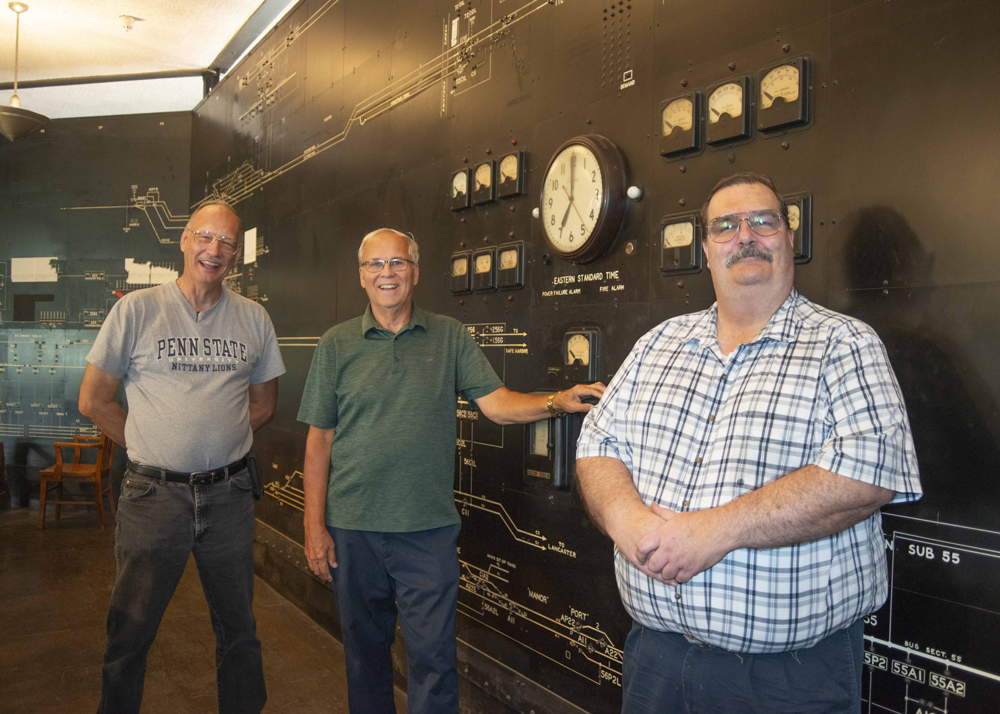
Then in 2013, Amtrak consolidated dispatching, interlocking-plant, and overhead-power distribution at its Centralized Electrification and Traffic Control office in Wilmington, Del. On Feb. 2 of that year, Jim Anderson, an Amtrak power director at Harrisburg, handed off control to the Wilmington CETC at 7 a.m. and retired. As he did so, he logged off the computers that had been installed in the early 2000s, turned the power off, signed a logbook, and handed it to his trainee, who took it to the CETC office. The chapter still has the analog clock reading 7:00 and 23 seconds, showing the precise moment that the PDO closed.
Chapter member Al DiCenso handled years of negotiations with Amtrak, leading to a May 2022 lease to allow historic preservation and public education. Assisting DiCenso and Nowotarski was Dan Rapak, who led much of the chapter’s restoration and reactivation of the model board at the nearby 1929 PRR Harris Tower, which the chapter has owned since 1992 and also is open to the public.
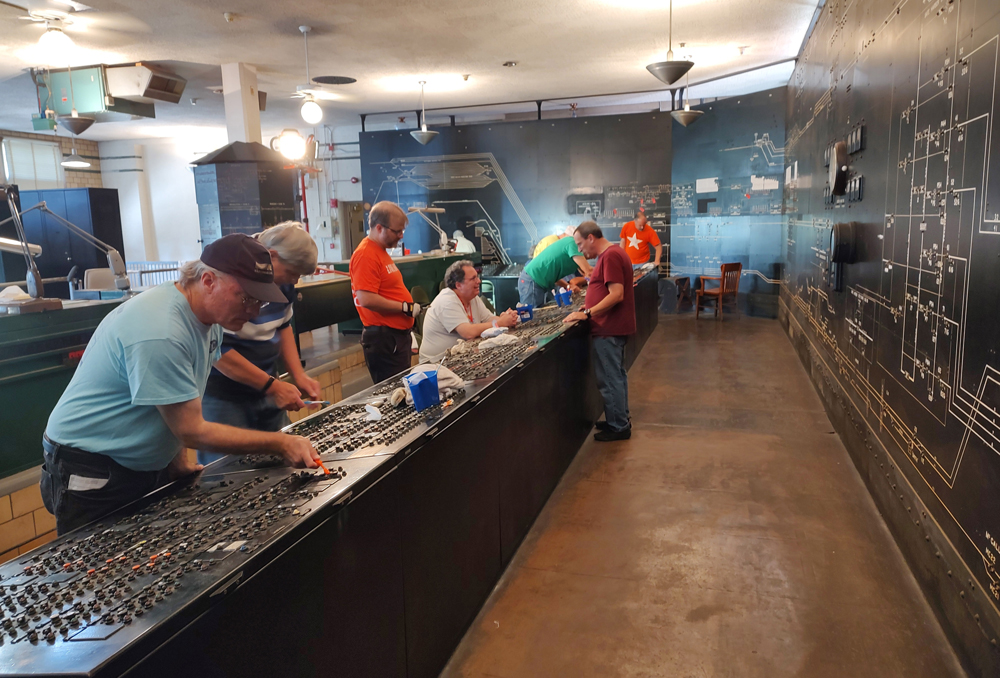
With Brad Anderson, Ed Smith, Jeff Vinton, Paul Wills, and Sam Wills, the team held work days, prepared interpretive displays and located missing parts. To illuminate all of the model board to replicate the daily pace of electrified train operations, they replaced “several thousand” burned-out light bulbs, Nowotarski said. Of the 19 substations once controlled by this PDO, the group so far has restored control-panel simulation on nine.
It’s also restoring simulation of the original PRR telephone system, as the power directors had extensive capabilities to communicate with all of the substations, towers, stations, and phone boxes in their territories (the earlier PDOs gave verbal instructions to some local interlocking-tower operators, rather than directly controlling all current throughout their regions).
Among the early groups to tour the PDO are the Lexington Group for Transportation History; railroaders from Amtrak, Norfolk Southern, Reading & Northern and SMS Lines; and Telephone Collectors International (much of the back-end equipment is identical to telephone switching gear).
To arrange a visit or ask about open-house dates, contact https://www.harrisburgnrhs.org/pdo
— Updated at 9:20 a.m. CST to correct name of Jim Anderson in photo caption.
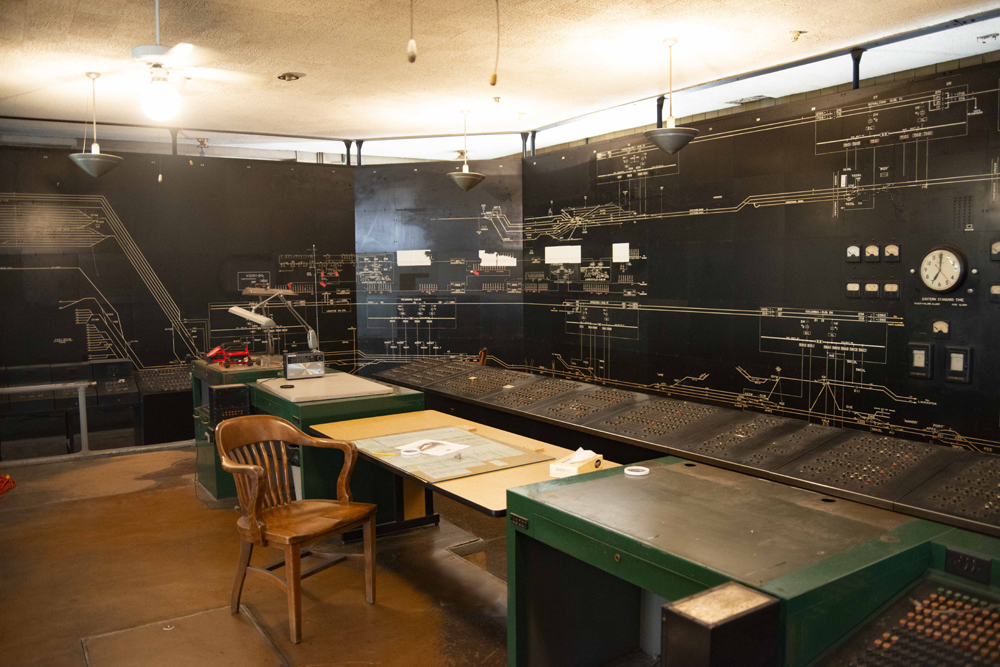






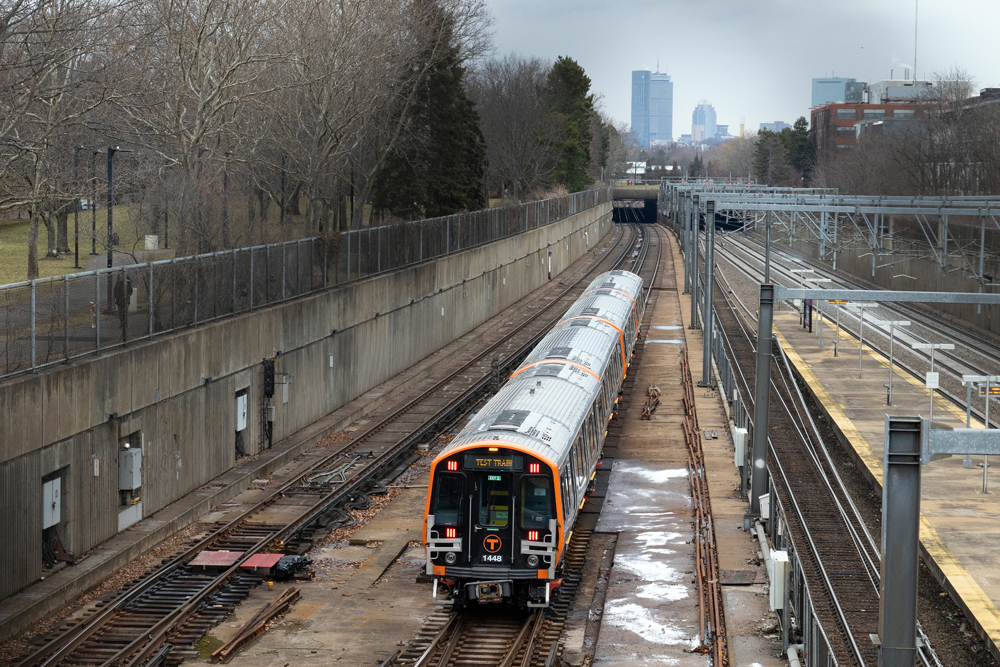
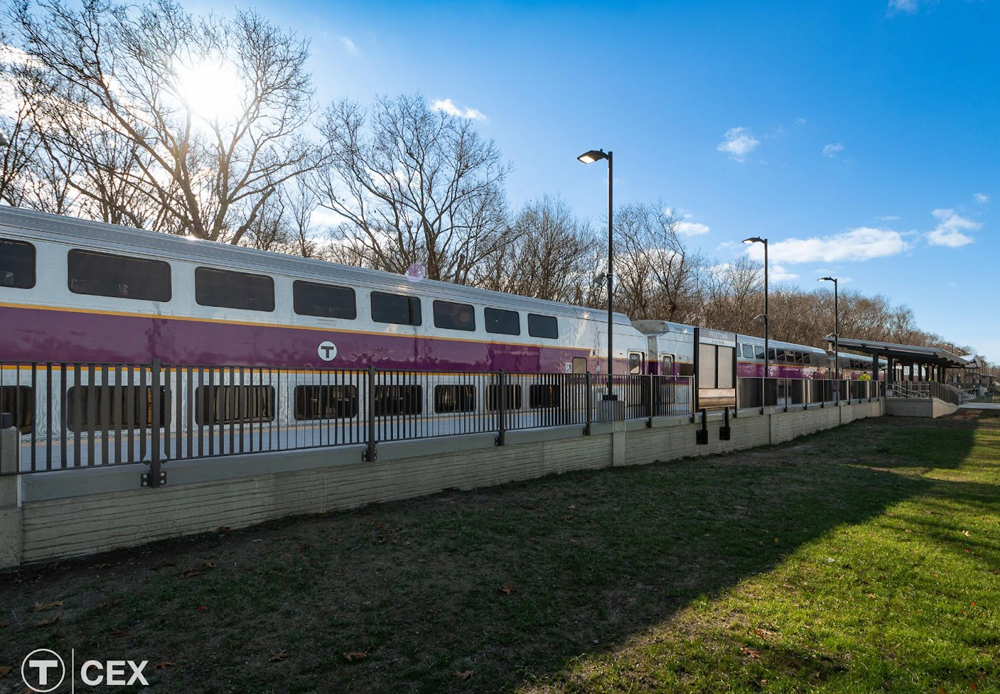
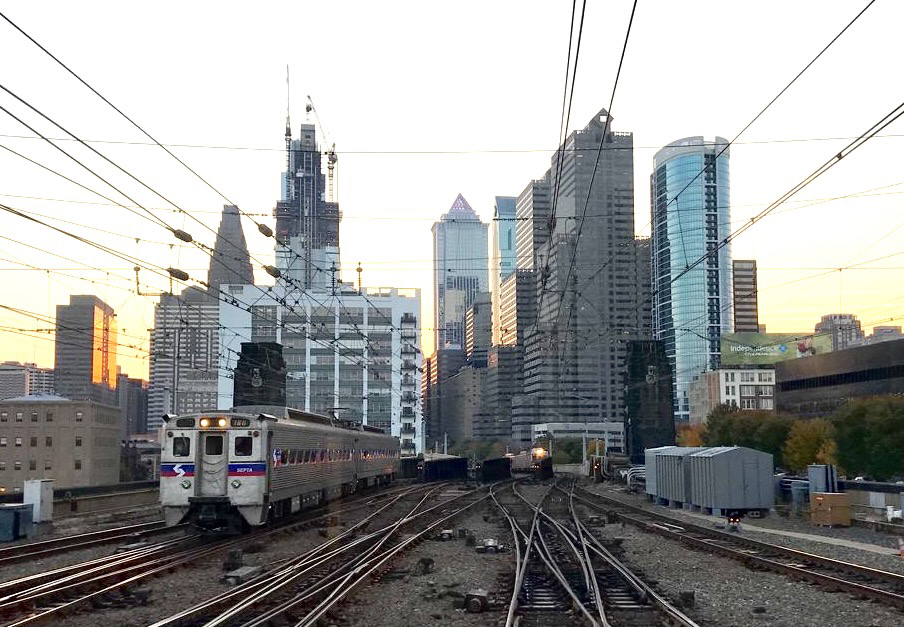
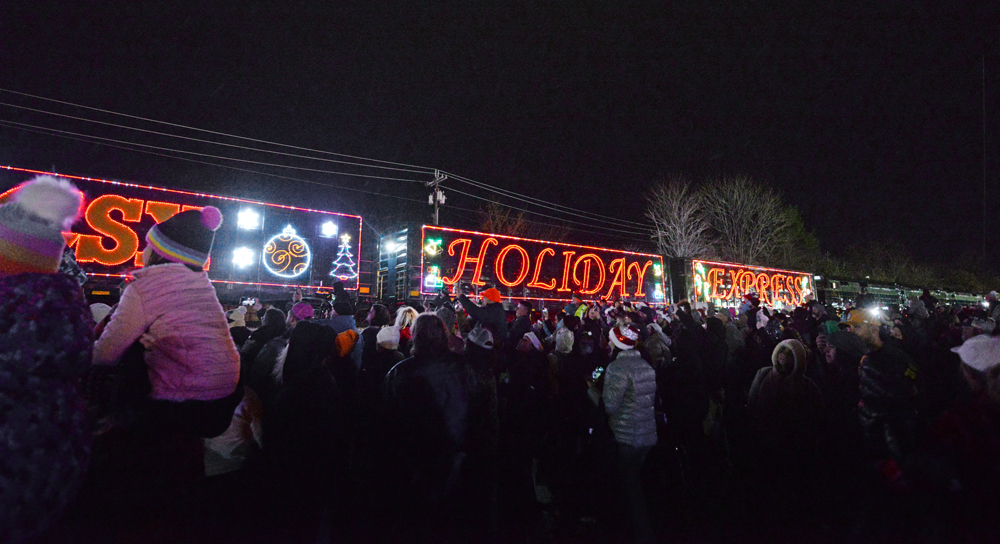
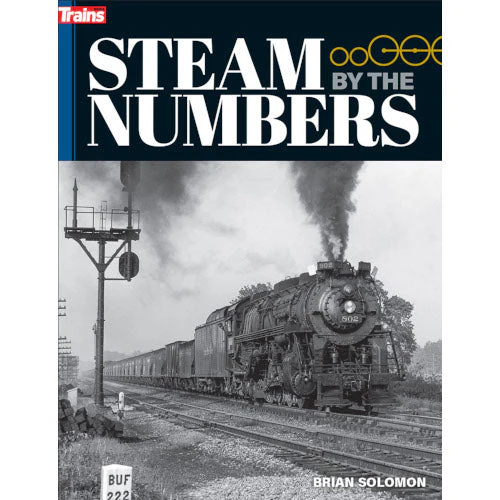



What an impressive restoration project. The Power Director was a seldom recognized element of the system, whose functions were myriad and essential on the heavily trafficked Eastern Region. Much recognition is due to the NRHS members responsible for this herculean task. Thank-you, indeed!
“This was the only electrification that I know of that was designed from the outset to run heavy freight trains and high-speed passenger service, not [just] niche commuters”. The initial 1914 Milwaukee Road electrification in Montana was the first such electrification.
The New Haven electrification of 1907, initially between Woodlawn and Stamford, predates the MILW’s and included commuter MU’s, through passenger, freight and switching.
It’s competely different now; but carries MNR commuters and Amtrak intercity trains.
Note: NYC’s third rail powered NH’s trains between Woodlawn and GCT. MNR still does it that way.
One of the project leaders, Dan Rapak, adds this observation about Amtrak’s enthusiastic help in making the project happen: “The folks at Amtrak have been extremely supportive of our efforts! Not only did top management work to make this happen, the local C&S folks here in Harrisburg have gone out of their way to support us. They have provided documents, advice, have worked with us on safety issues and offered other technical support. We are extremely grateful for their help.”
Great job Amtrak for your support of this very worthy preservation in the Harrisburg Depot.
Awesome work of preservation. My Dad was 3rd trick power supervisor for the Cleveland Union terminals electrics until they shut it down in1953.
What a neat operation and great preservation. Great Job Harrisburg chapter.